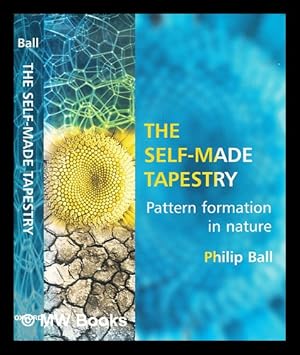The self-made tapestry : pattern formation in nature
Ball, Philip (1962-)
Vendu par MW Books Ltd., Galway, Irlande
Vendeur AbeBooks depuis 23 juin 2003
Ancien(s) ou d'occasion - Couverture rigide
Quantité disponible : 1 disponible(s)
Ajouter au panier